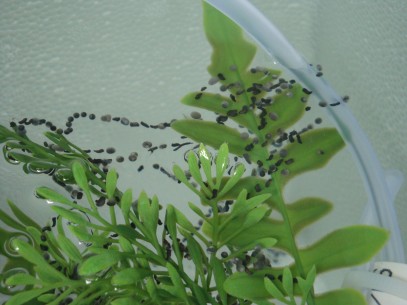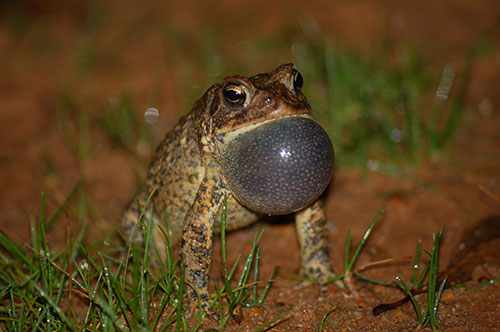Saving a Critically Endangered Toad Species 7,300 Eggs at a Time
Written by Colin Thompson

While the Houston toad hasn’t been seen in the wild in Houston since 1973, the Houston Zoo currently houses about 400 of them. Every year, we use this captive assurance population to bolster the wild population in Bastrop County. In 2015 we released about 600,000 eggs and in 2016 we released over 775,000 eggs. During the 2017 breeding season, we hope to release even more! Moving those eggs from Houston to Bastrop is no simple task though. This year, we’re taking a closer look at the impact our transport practices could be having on the viability of the eggs after they’re released.

So far, we’re finding that the transported eggs are developing at the same rate as the control eggs, which means our transportation methods are not having a negative impact. This is great news for Houston toads! Keep checking back for updates on this year’s Houston toad breeding project, and be sure to visit the Swap Shop and Reptile House to see this awesome native species in person!
